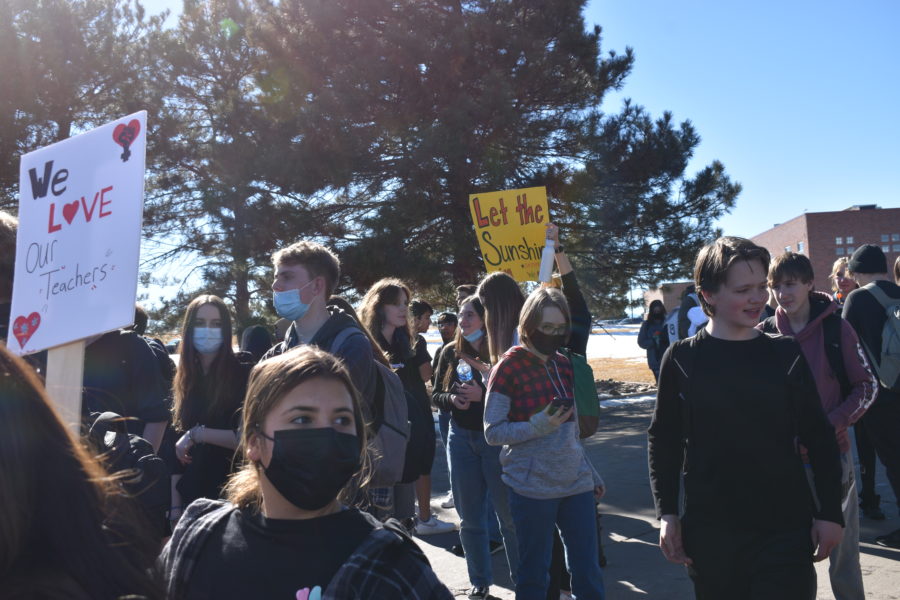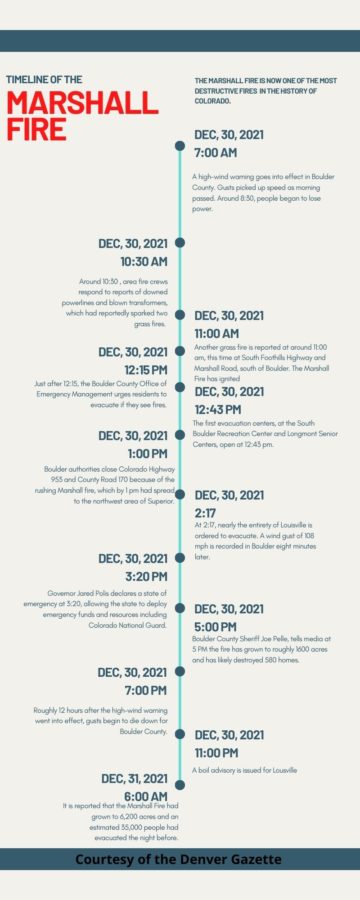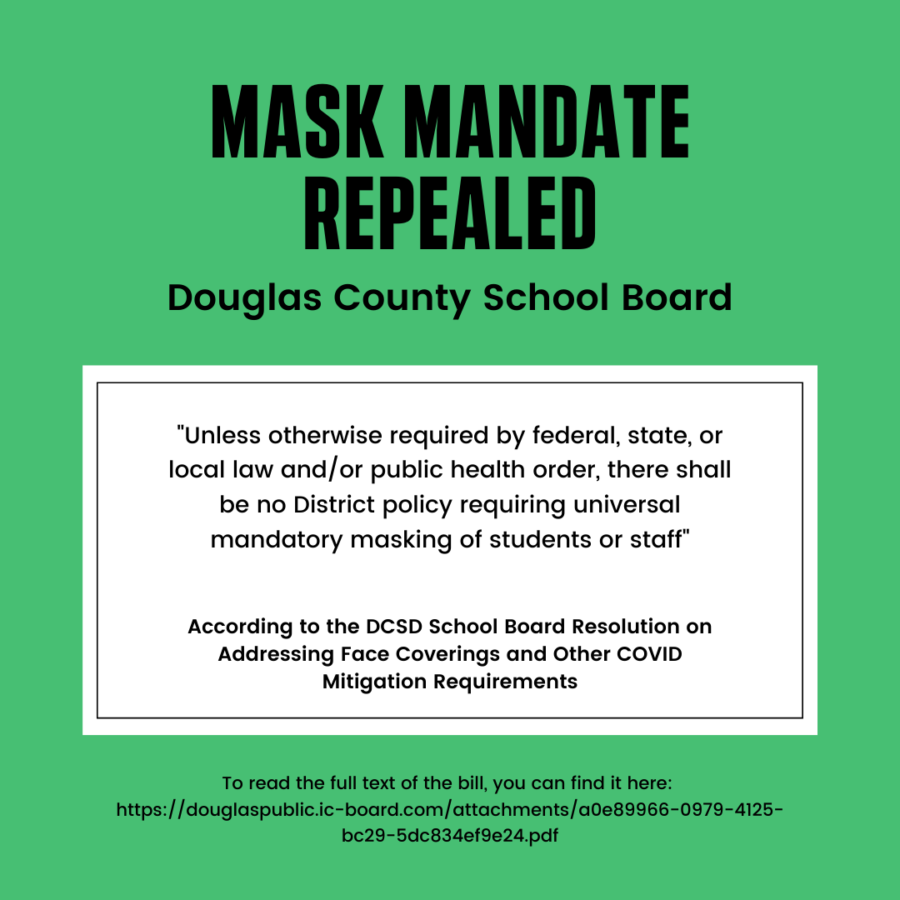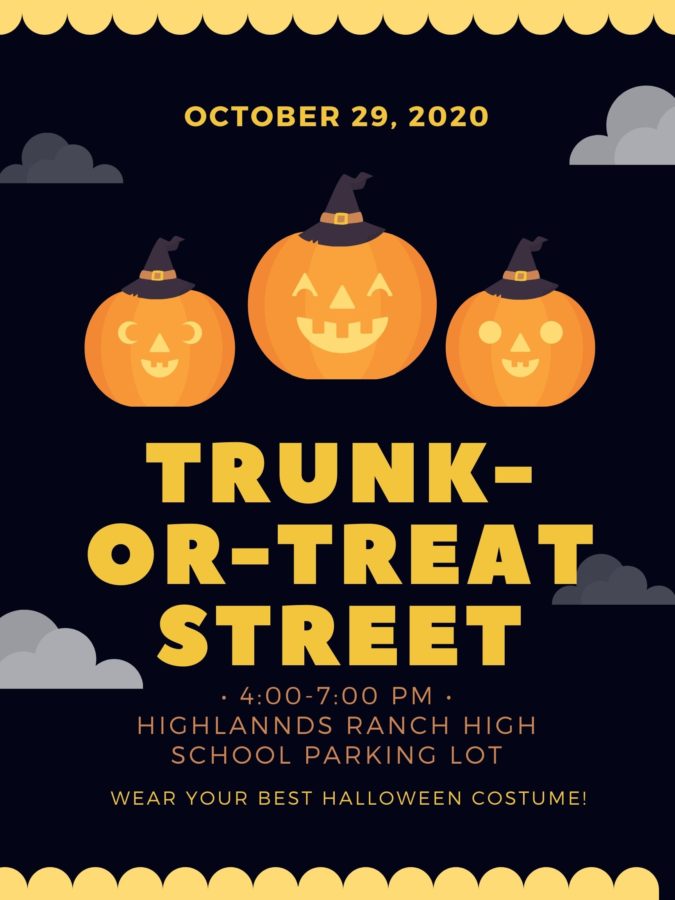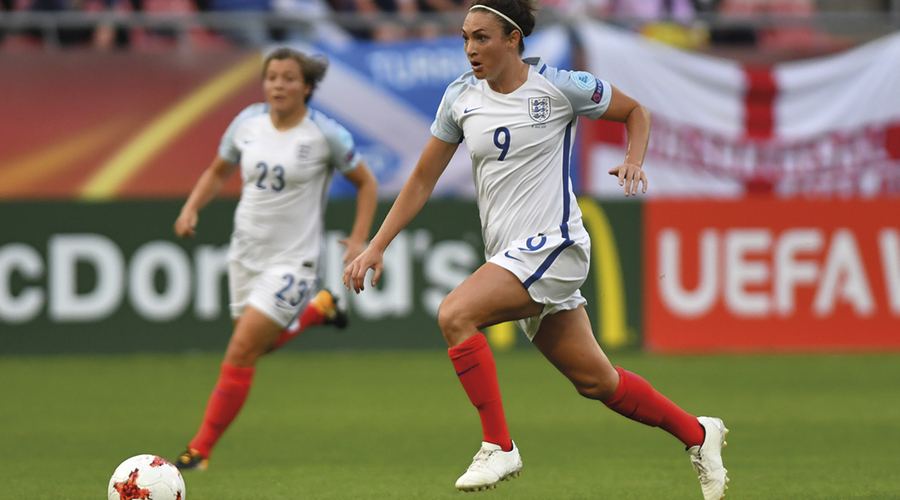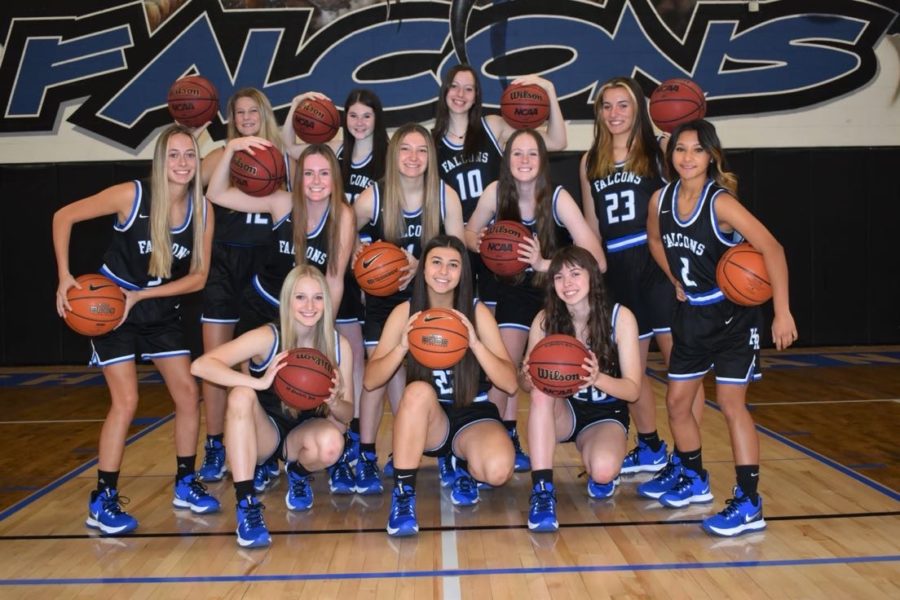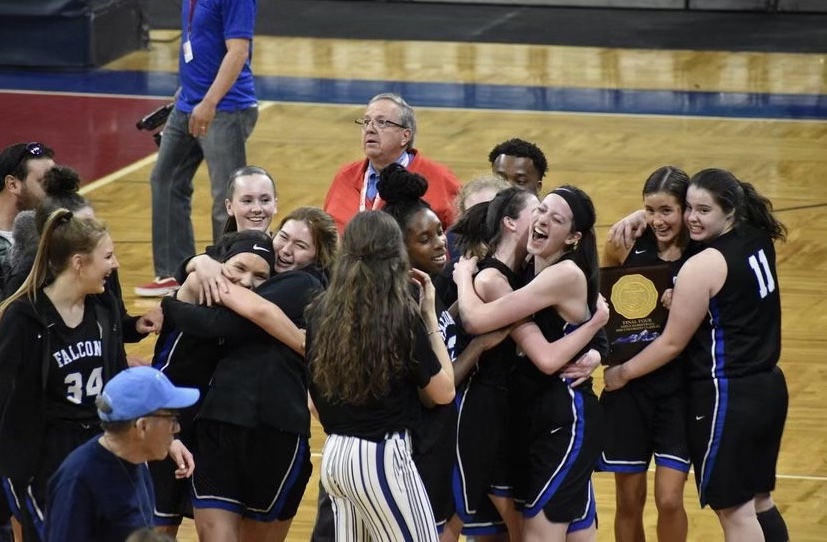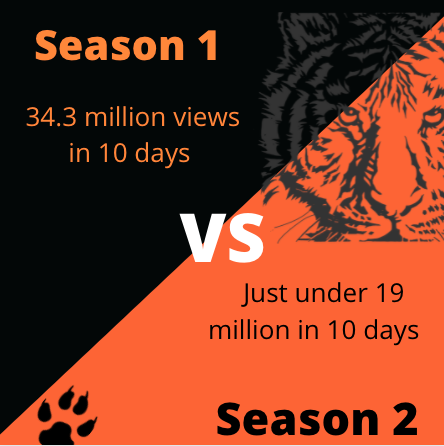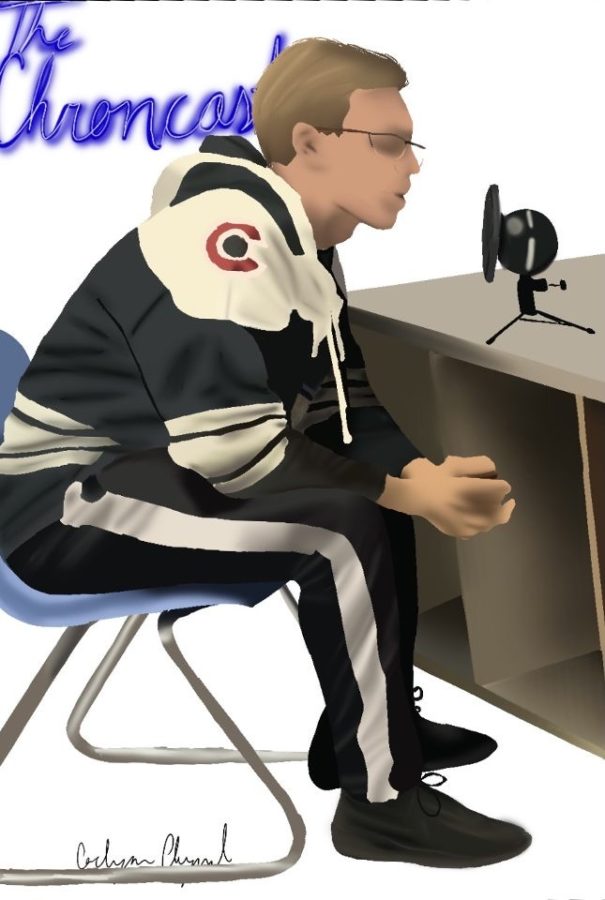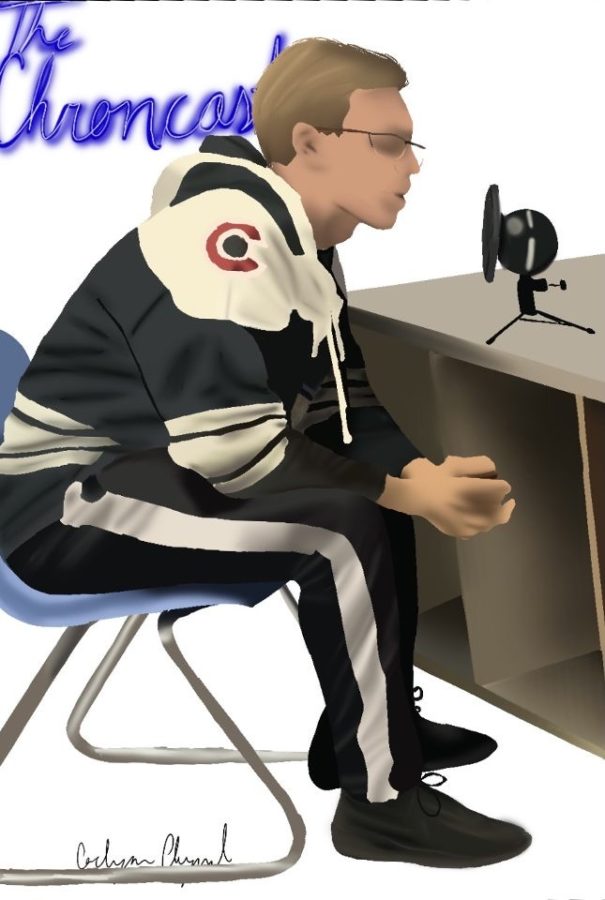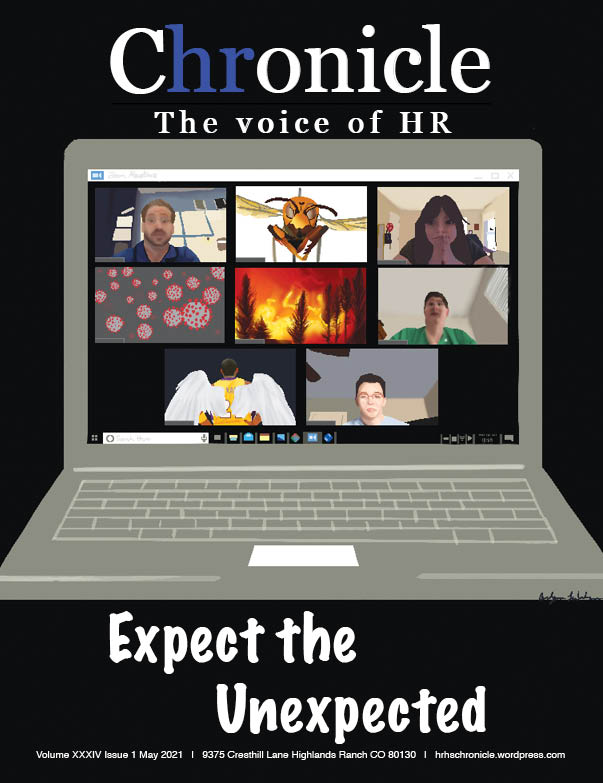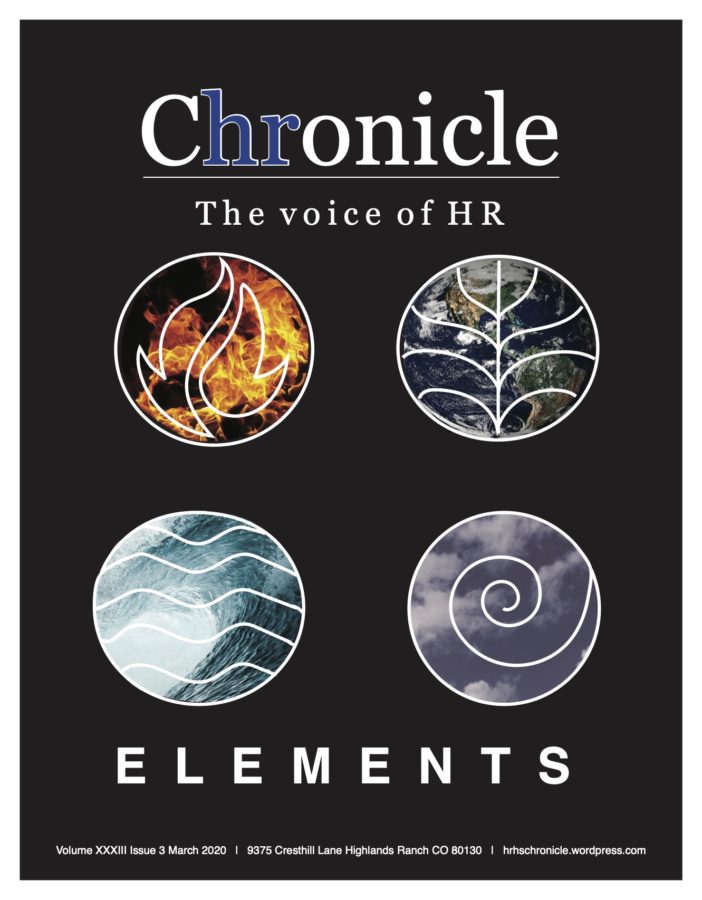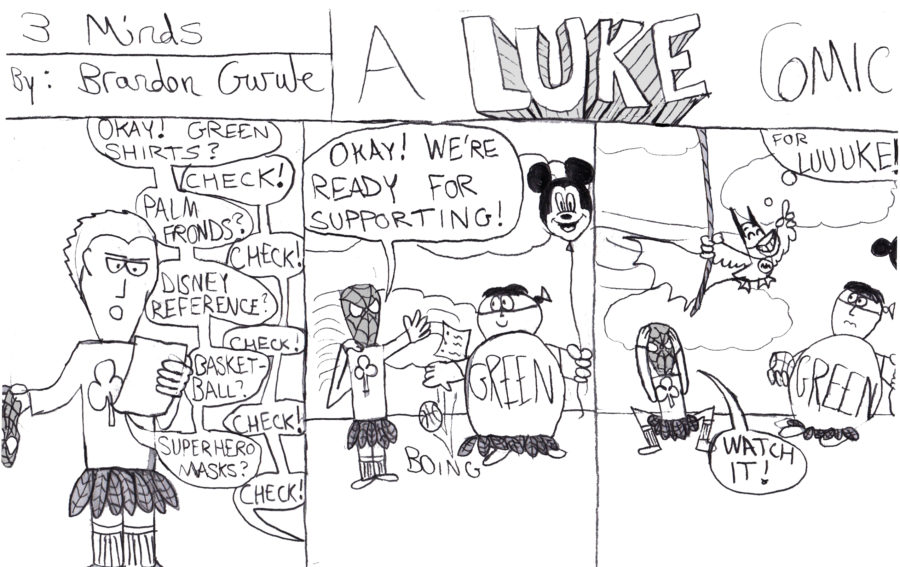This was the first time I saw someone like me on a big screen inside of a movie theater. Rachel Chu, a main character played by actress Constance Wu in Jon Chu’s “Crazy Rich Asians” (a film adaption of Kevin Kwan’s bestselling novel), was a normal Asian-American girl. No flat, one-dimensional character storyline, no hair dye or ridiculous tattoos and piercings, just simply a woman with hopes and dreams like the rest of us Asian-American girls.
Wayne Wang’s “Joy Luck Club” released in 1983 was the last Hollywood feature movie since “Crazy Rich Asians” that had an all-Asian cast. It’s been literally 35 years since Asians have had major recognition in a blockbuster film. However, the quantity and domination of Asians isn’t what this is all about. How the Hollywood film industry paints a picture of every role played by an Asian actor is the more prevalent topic I’d like to discuss.
After I watched the first scene of “Crazy Rich Asians”, which portrayed a unique perspective of discrimination that Asians face in everyday life, something came over me. No movie I had ever seen in my entire life made me cry, until I saw that very scene. This first part of the film featured Eleanor Sung-Young, portrayed by actress Michelle Yeoh, being mistakenly misidentified by hotel personnel as a tourist who doesn’t know where she is, when in fact she is actually the future owner of that hotel–a perfect example of how Asians are sometimes treated in real life, based on looks and the occasional foreign accent.
A good analogy to explain how Asians have been treated in the past via Hollywood portrayal is like a cartoon. Oxford Dictionary’s definition of the word cartoon is “a simple drawing showing the features of its subjects in a humorously exaggerated way”. Hollywood has only displayed a handful of “Asian” traits–either insanely smart, crazy, foreign, etc.–but never even a combination of these simple traits. In the end, it does affect how society views and stereotypes Asians poorly.
Ken Jeong, who plays Goh Wye Mun in the movie, has also played a well-known role as Leslie Chow in Todd Phillips’s “The Hangover” and its sequels. Although the actor plays a comedic role in both films, his “Hangover” character is wildly hilarious and nutty, but that is as far as the character development reaches. Jeong’s “Crazy Rich Asians” character goes above and beyond a superficial, depthless role.
Mun is a loving father, and a flamboyant property tycoon. Not to mention, Mun cleverly mocks a persistent Hollywood image of Asians speaking elementary English with thick accents, disguised as a dad joke. He meets Rachel Chu for the first time, and greets her with nonsense Asian-sounding gibberish in an outlandish accent, then follows up with a “Nah, I’m just kidding”, said in an American-English tone. In combination with the script and Jeong’s meticulous acting, the movie does a fantastic job at poking at one of the prominent ways in which Hollywood has historically stereotyped Asians.
Goh Wye Mun is just one of the variety of main characters in “Crazy Rich Asians”. The list of characters include a beautiful, humble socialite, rude frat boy, shy boy with a passion for photography, dreadful mother, women with appetites for success, a single mother, wealthy eye candy, and so much more. In whatever way these characters are seen, positive or negative, it is refreshing to see Asian characters as something other than solely nerdy, weak, or eccentric, which is what I have observed in the majority, if not all, Hollywood films featuring an Asian actor.
According to The Atlantic, director Jon Chu “turned down a massive deal with Netflix because he felt it was important for his movie to be seen in theaters.” Chu’s decision is ultimately a reflection of self-worth and ambition that Asians, like most people, have. More importantly, “Crazy Rich Asians” is empowering because these actors are finally able to play a character that is not offensive to their own race, and does not put themselves into a box.
Being witness to that as an Asian myself is an unexplainable feeling. It used to pain me to watch every single Asian actor play a nerd or nut job, one after the other. Eventually I just accepted it, until I saw Chu’s film, which evoked and provided closure to the buried feelings that I always felt like I had to put away.
Ultimately, I believe that movies do influence people’s perception of reality. This has been demonstrated in my life in little ways: I’ve seen my mother been talked to like she can’t comprehend English, countless times; I’ve seen people been utterly surprised by the fact that English is the only language I know; I’m asked by almost everyone I meet if I’m born “here”, when actually “here” is the only world I’ve known my entire life. Since what they know about certain groups of people are based on movies, I understand where they’re coming from.
Although stereotyping isn’t as discriminatory or drastic as any Jim Crow law, it is disheartening to know that people predict who I am based on how I look. “Crazy Rich Asians” is powerful because every single Asian in America is finally being treated with dignity by Hollywood, because the movie portrays that people are not one-dimensional, no matter the color of their skin, which is the actual reality. Actress Michelle Yeoh, who plays Eleanor Young in the movie said, “I hope ‘Crazy Rich Asians’ will turn the trickle of diversity in Hollywood into a stream,” according to Harper’s Bazaar magazine. I really do hope so, too.
It is mindblowing to see how far we’ve come from Mickey Rooney’s (a white actor) portrayal as a Japanese landlord, yellowface included, in the 1961 movie “Breakfast at Tiffany’s”. It’s about time movie characters of color were portrayed by actors of that respective color. That being said, it’s also time for people of color to be illustrated as complex, layered, multidimensional human beings, as white characters have always been since the start of Hollywood.

By: Ariana Teng, Staff Reporter

